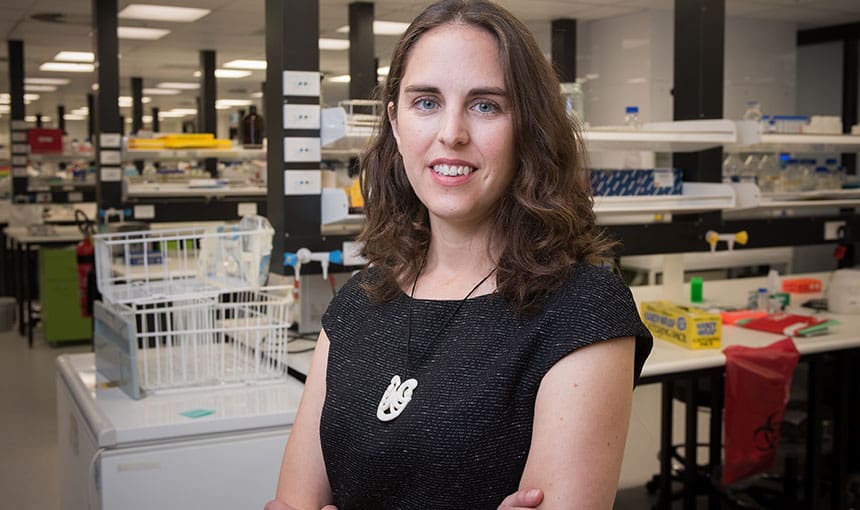Kauri are a keystone species, critical for the survival of their surrounding ecosystems, and are a taonga (treasure) for all New Zealanders. The extinction of these giants of the forest would be a massive loss to New Zealand economically, ecologically and culturally. Despite claims to the contrary, this is the scenario we are facing.
In the Waitākere Ranges Regional Park, about 20% of kauri areas were affected by kauri dieback in 2015 and 2016, compared to 8% 2011.
This information was collected by scientists for a report by Auckland Council and is based on aerial photographic surveys of the entire park. If anything, these numbers are likely to be underestimates, as it can take several years before infected trees show symptoms. The key point is the trend. Things are getting much worse for kauri, fast.
Unfortunately, this is just one area out of many in Auckland and Northland that are seeing increasing rates of kauri dieback and, with no cure currently available, the outlook for kauri looks bleak.
The fact is, plants can – and do – go extinct. We simply don’t know enough about this disease or the genetics of its kauri hosts to say that some trees will be resistant. Given that less than 5% of New Zealand’s original kauri population still exists, sitting back and hoping for the best would be a foolish strategy.
What we do know is that the disease is caused by an oomycete, or water mould, called Phytophthora agathidicida. Other species of Phytophthora are responsible for numerous plant diseases worldwide (including the potato blight which caused the Great Famine of the 19th century), but P. agathidicida has only been found in New Zealand.
Phytophthora have complex life cycles, including swimming spores that can spread the disease over small distances in waterlogged soil, and resting spores which can lay dormant in soil for months to years. When the spores find a suitable host (i.e. a kauri root) they germinate to form a mat of mycelial strands (similar to mould growing on a slice of bread), which spread through the tree, eventually killing it.
The spores are not airborne and the mycelial strands do not spread from tree to tree, meaning the main route from one infected area to another is through spores which are released from disturbed soil and then carried off on the feet of people or animals– particularly feral pigs.
Clearly we need to control the number of pigs roaming our forests, and this work is ongoing in many places. However, the main source of soil disturbance and P. agathidicida spread is people. This is not surprising, given the appeal of these areas to locals and tourists alike, and it is reflected in survey data showing that dieback prevalence is highest in areas close to walking tracks.
In an effort to stop this spread, disinfection stations have been set up at many track entrances, but sadly these have been largely ineffective due to improper use or people choosing to ignore them. This has left those charged with caring for these forests with no other option but to prevent access, as seen in the recent track closures and rāhui in the Waitākere Ranges.
Despite the gloomy outlook for our kauri forests, there is considerable effort being made to fight back against kauri dieback. Any implications that researchers have been studying the disease simply because it is a ‘good earner’ is insulting to the scientists, students and members of the public devoting their time to fighting this disease.
Phosphite injection, which is also used against Phytophthora cinnamomi (which infects avocado), has been trialled as a treatment for kauri dieback with some success. However, it does not cure the disease or prevent its spread so we must keep searching for better treatment or prevention options.
We – and researchers from numerous universities and institutes, iwi and local groups – are all working together as fast as we can to try to put a stop to this disease using both cutting-edge science and mātaraunga Māori. We think it is safe to say that no-one involved in this work is getting any pleasure from preventing people visiting their beloved forests; we simply believe that kauri are too important to lose, and if we don’t act now it will be too late.
- Dr Monica Gerth, of the School of Biological Sciences, Victoria University of Wellington, and leader of this BioHeritage Challenge project.
- Co-authored by Dr Scott Lawrence, a postdoctoral research fellow working with Monica.
